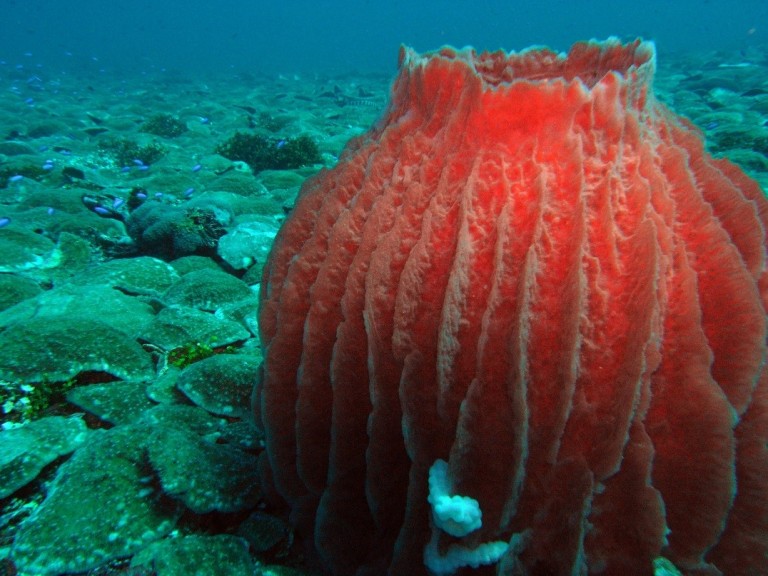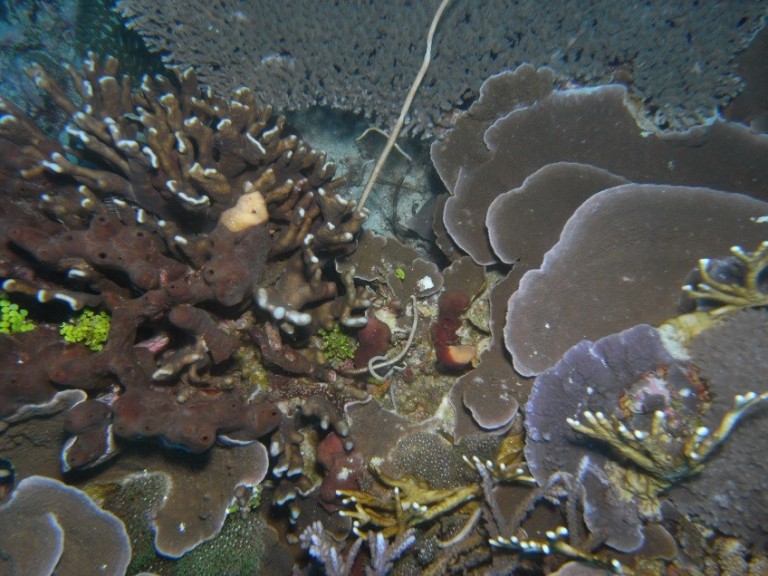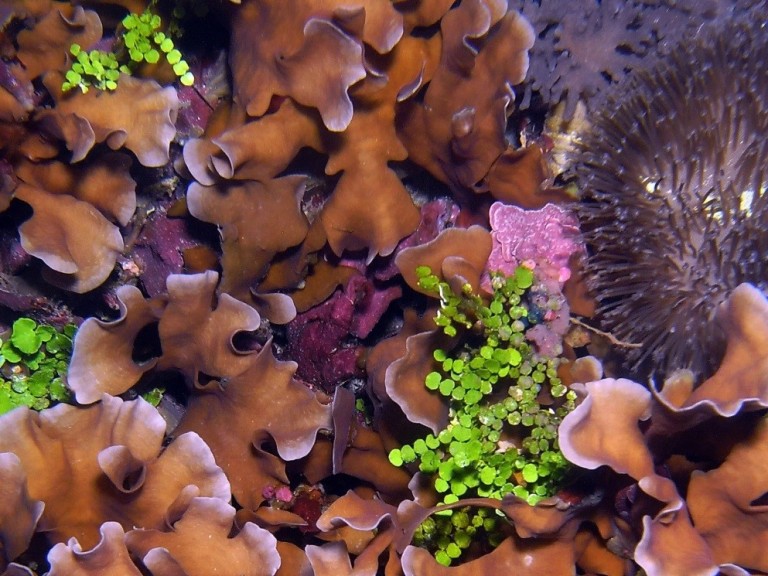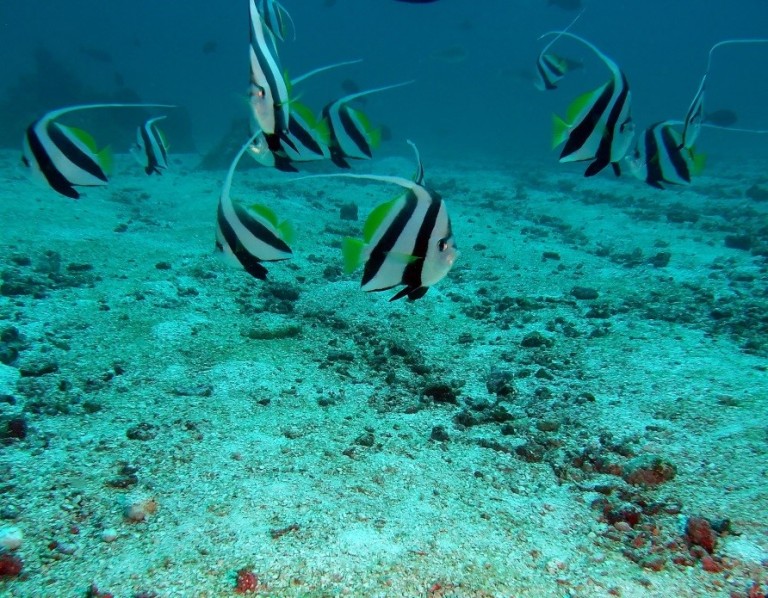
The Sahul Shelf is a very large extension of the northwest Australian continental shelf reaching north and northwest then deepening steeply into the Timor Trough. At the western margin of this region lies Ashmore Reef, Scott Reef, and the Rowley Shoals, which represent fantastic coral reefs of classic nature with steep rocky drop offs covered in corals, crashing surf, broad reef flat areas, and azure sheltered lagoons. These reefs were discovered long ago by both European sailors and traditional fishers from the north. To the east of these emergent reefs, however, the broad shelf is dotted with more than 100 very poorly described 100-300m submerged banks and shoals, rising from seabed depths to within 20-30m of the sea surface. Ships safely sail over the banks and shoals, therefore it was only recently that this area received any sort of detailed biological assessments. These abrupt underwater hills, knolls, and mini-mounts are key ecological features in what we now call the Oceanic Shoals bioregion.

Oceanic shoals bioregion
The abrupt bathymetry of these shoals, distinguishes them from the broad, much flatter continental shelf surrounding them, providing a wide range of habitats in different depths and varying exposure to prevailing currents carrying nutrients. It’s analogous to a forested rocky hill sticking up above a broad grassy plain. The shallow upper shoal areas receive enough sunlight to reach the seabed, allowing plants and corals to flourish across sometimes large areas of mostly flat plateaus.

Diverse shoals

The science team on board Falkor have found that the submerged shoal ecosystems are places of particularly high diversity. This is true not just for the species found in the sessile seabed, but also in the individual shoals, with hundreds of diverse fish species encountered routinely. The submerged shoal ecosystems contain complex features, having many coral reef flora and fauna, but with some marked differences between shoals. For example, two shoals only a few kilometres apart might share many species, but one shoal’s plateau could be covered with seagrass, while the other maybe be absent of seagrass but host more important corals. This might have something to do with the individual history of each shoal, and the community composition shaped by the timing of previous disturbances from factors like cyclonic storms.
As knowledge about the Oceanic Shoals gradually grows, the research will also expand to help scientists understand how these ecosystems work. The voyage on Falkor is part of this growing effort, with the ships sophisticated seabed mapping capability and the oceanographic tools onboard. This may be the first step towards research looking at the processes that sustain these remarkable hotspots of biodiversity.
